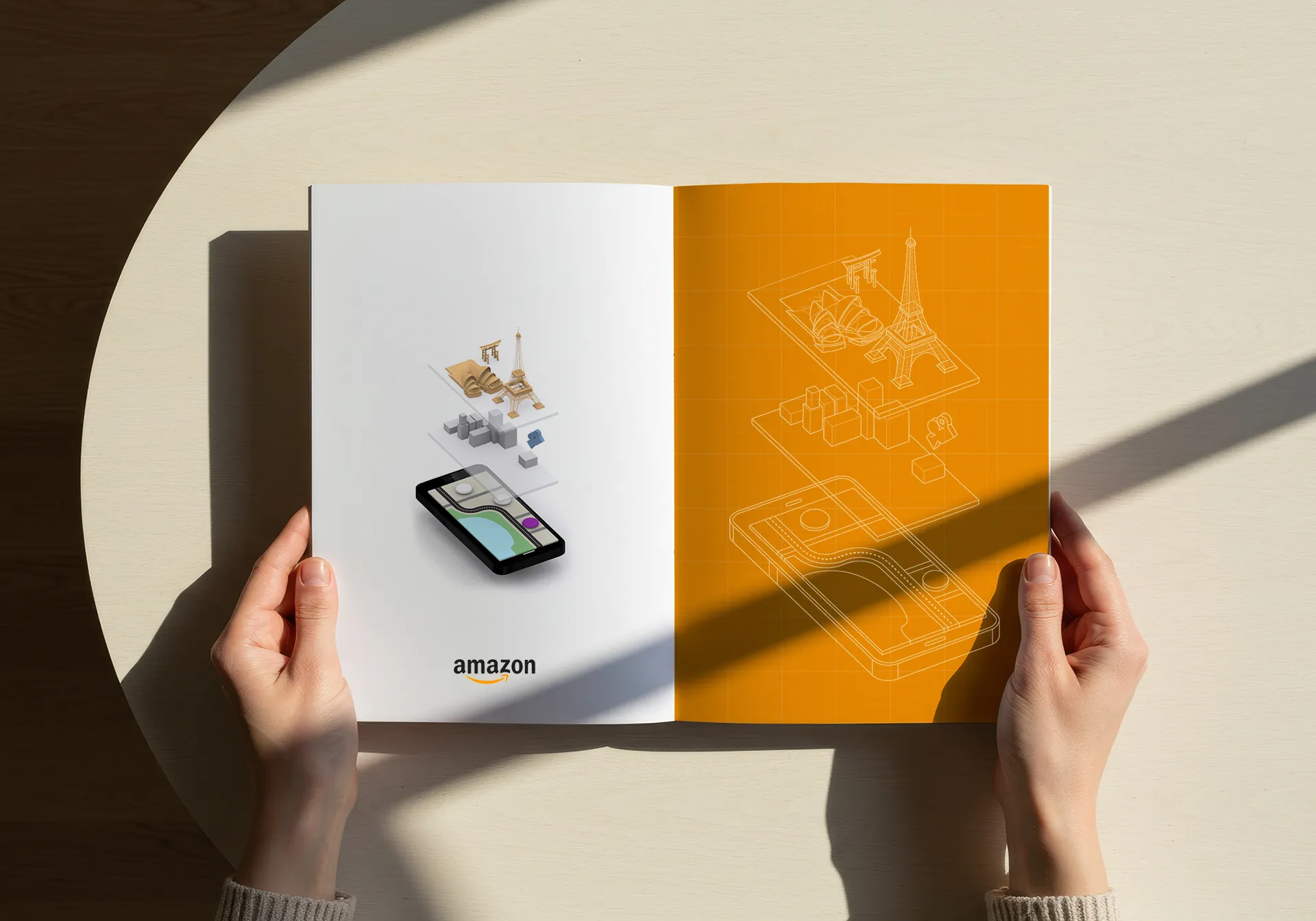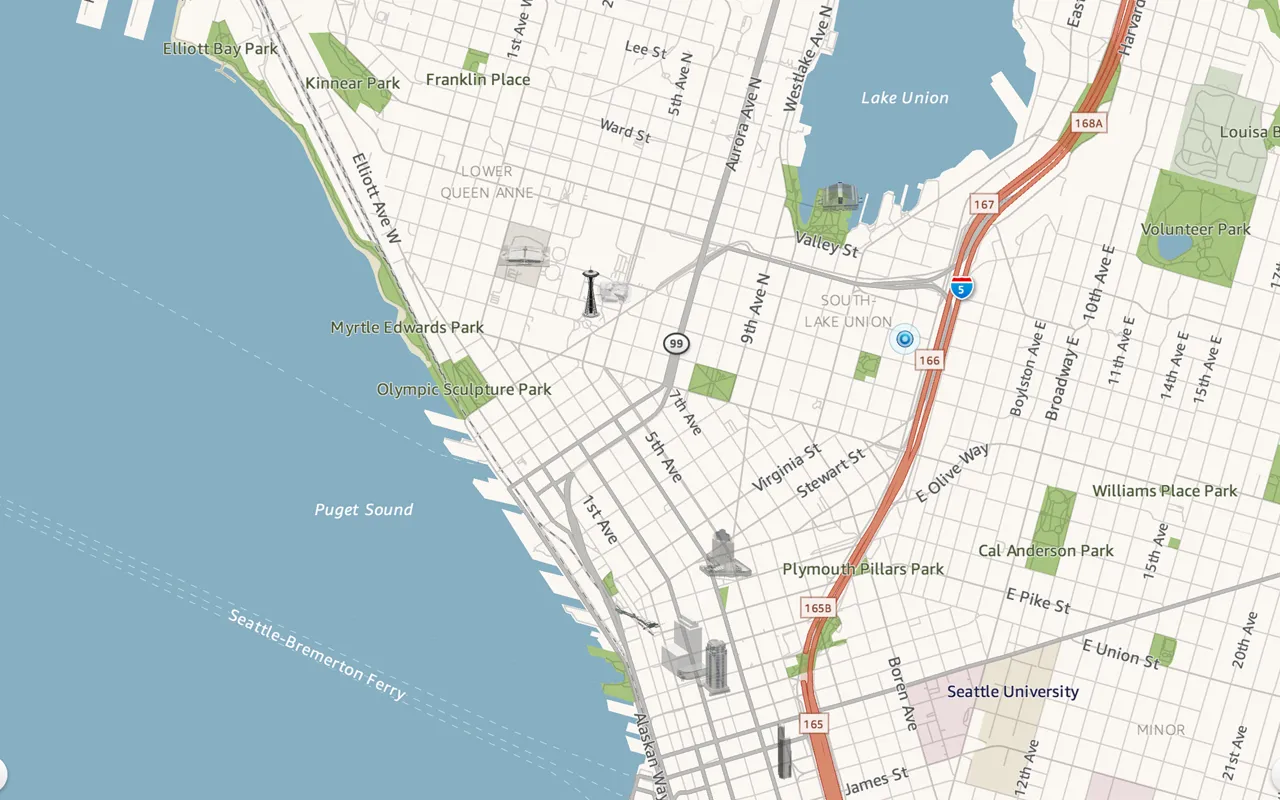The Amazon Maps project didn’t begin in a vacuum. It was born from UpNext, a startup I co-founded in my apartment in 2007 with three high school friends, Danny Moon, Vik Advani, and Raj Advani. We shared a vision: that dynamic, interactive 3D maps would define the future of mobile navigation. Leveraging our backgrounds in game and web development, we built a proprietary 3D rendering engine and launched UpNext Maps—the first fully dynamic, vector-based mobile maps experience.
By 2011, UpNext Maps had gained momentum, becoming the official mapping partner for the NFL, Verizon, and Samsung. Our tech, design philosophy, and product traction caught Amazon’s eye....
In July 2012, Amazon acquired UpNext. Our team relocated to Seattle to lead the company’s new Maps initiative—bringing our innovation mindset and core technology to help Amazon build its next-generation mapping platform.
- Players can link their blockchain wallets to use their 10KTF-crafted NFT gear in Battle.town.
- Integrate social media channels to keep players engaged.
- Engaging in the game and community boosts reward opportunities.
- Acknowledge and reward the dedication and loyalty of our fans who have invested in our world and supported our product.
- Establish future opportunities and strategic partnerships to generate additional revenue streams
- Boost excitement and community engagement by hosting events and discussions that encourage players to share theories and predictions about the game's future, fostering anticipation and involvement.
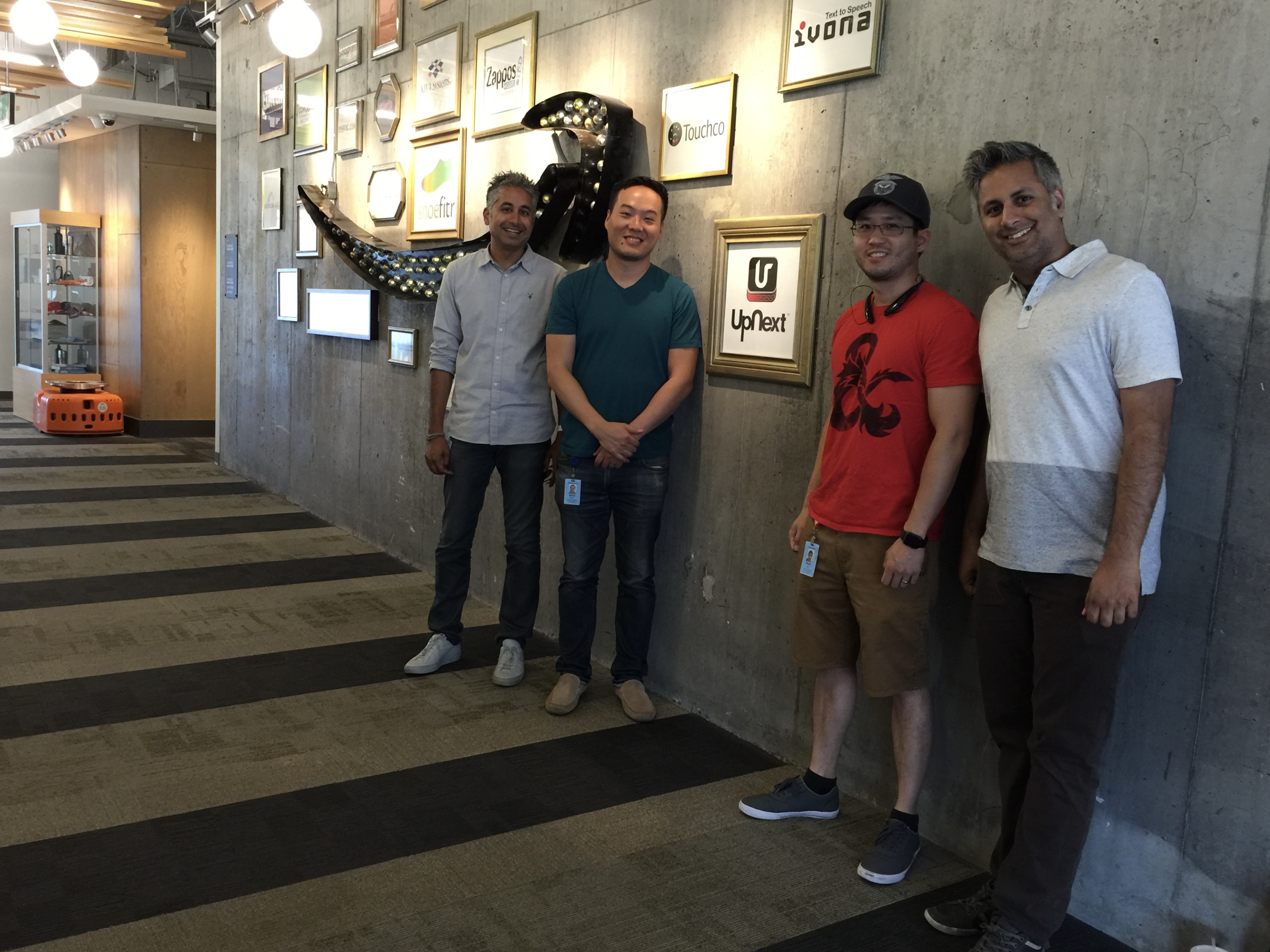
The co-founders, Raj Advani, Danny Moon, Robin Har, and Vik Advani, proudly stand with our original app logo in front of the Amazon Wall of Acquisition at the original Day 1 building.
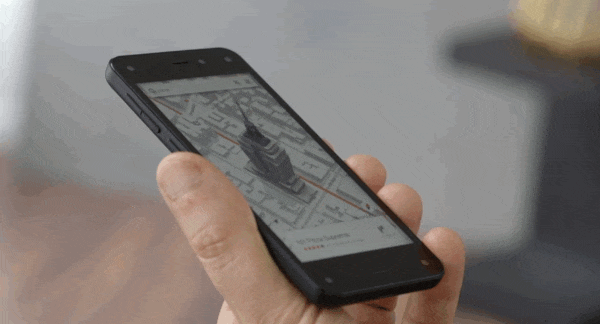
Dynamic Perspective uses face tracking to create a parallax effect, adding depth and immersion to the experience. This feature was designed to delight users by allowing them to see around corners without needing to move the map manually.
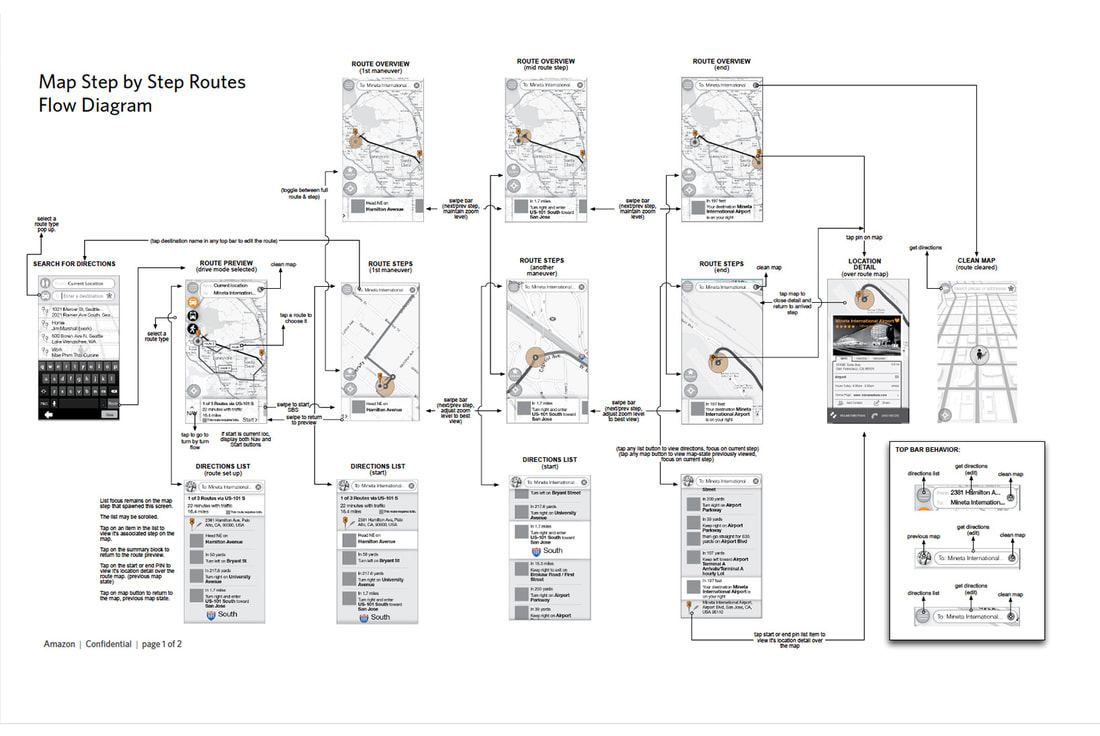
Example of 1 of many user journeys wireframed for small part of a major feature like TBT directions.
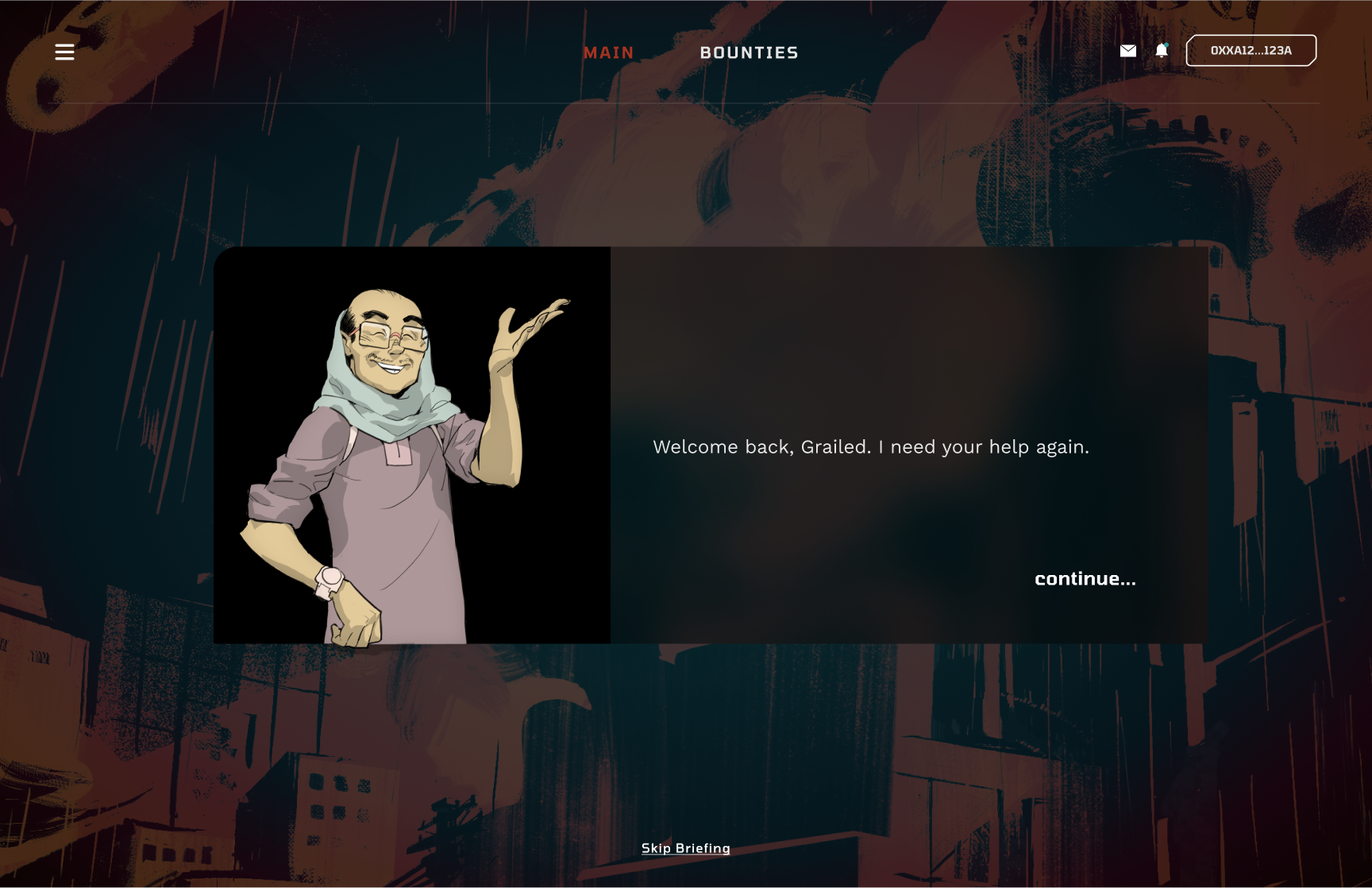
Wagmi-san is one of few main characters that gives the mission briefing.
Character Artwork by: Cromagnus
The journey of Amazon Maps took an unexpected turn with the early challenges faced by the Fire Phone. Initially launched as a pre-installed app on the phone, the disappointing sales led us to rethink our strategy. Instead of focusing on consumer-facing applications, we pivoted to enhance our Maps platform as a reliable navigation tool for Amazon Prime couriers. This shift allowed us to continue innovating and refining our technology until it was eventually phased out.
Maps are one of the most complex design challenges out there—a dense puzzle of overlapping datasets, features, edge cases, accessibility, and UI components that all need to come together in a way that feels simple and intuitive.
But that’s exactly what made the experience so rewarding.
Working directly with Jeff Bezos in biweekly reviews (was scary at first), alongside a focused and driven team, pushed me beyond what I thought were my limits. While not every solution was flawless, our commitment to user-centric design consistently guided us in the right direction, even when unforeseen challenges arose.
It wasn’t just the product—maps—that fascinated me, but the depth of the problems it presented at scale, and the strategies developed to address them in a cohesive and interconnected manner. Solving them through purposeful, human-centered design gave me the confidence that I could take on any product, no matter how complex.
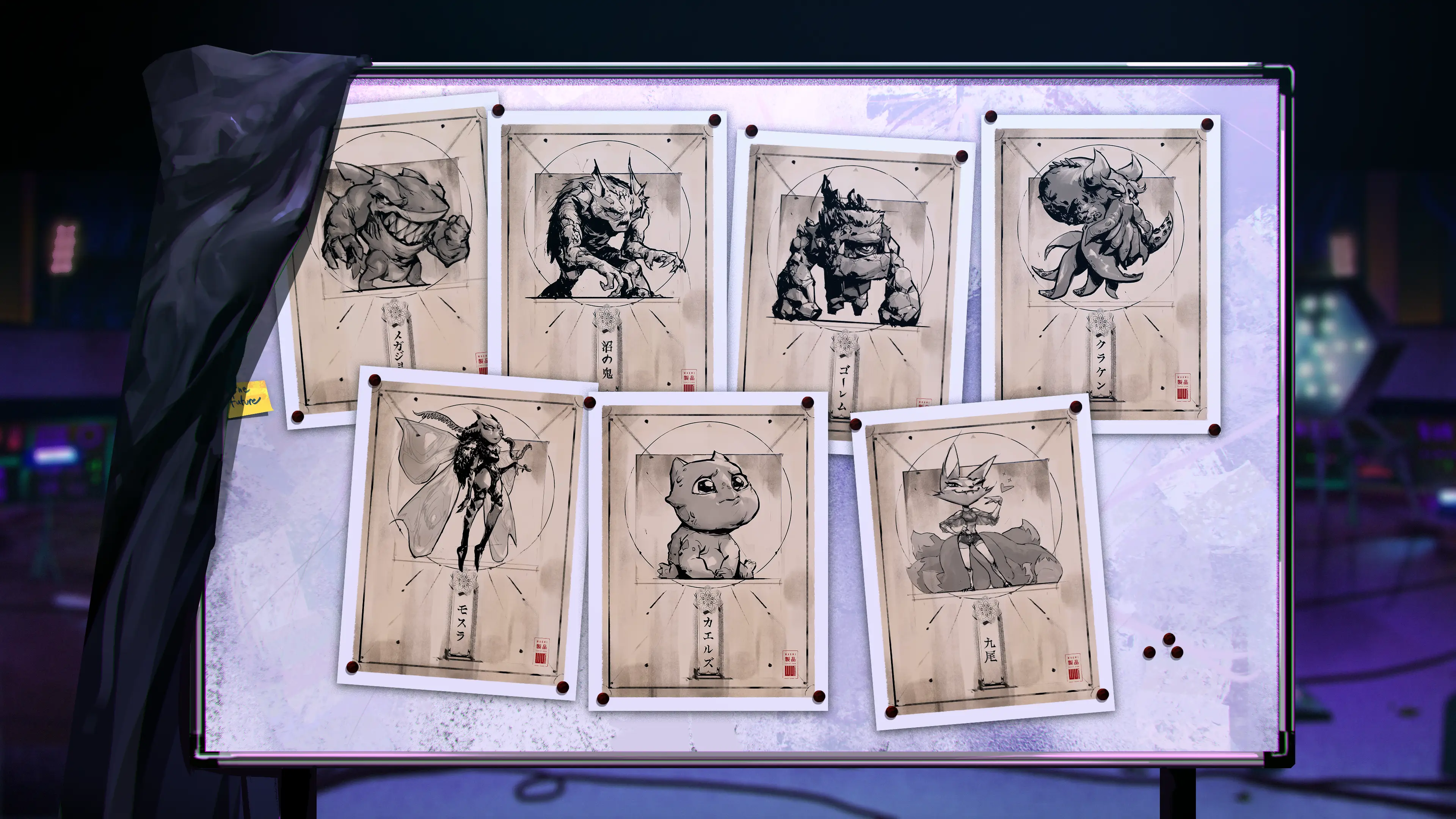
The Baby Kaiju classes were fully unveiled after months of anticipation. The community played Battle.town to earn points, aiming for the rarest opportunities available.
Artwork by: Robin Har
Character Designer: Timo Prousalis
There's so much more to share. Interested in discovering more about the challenges and outcomes?
